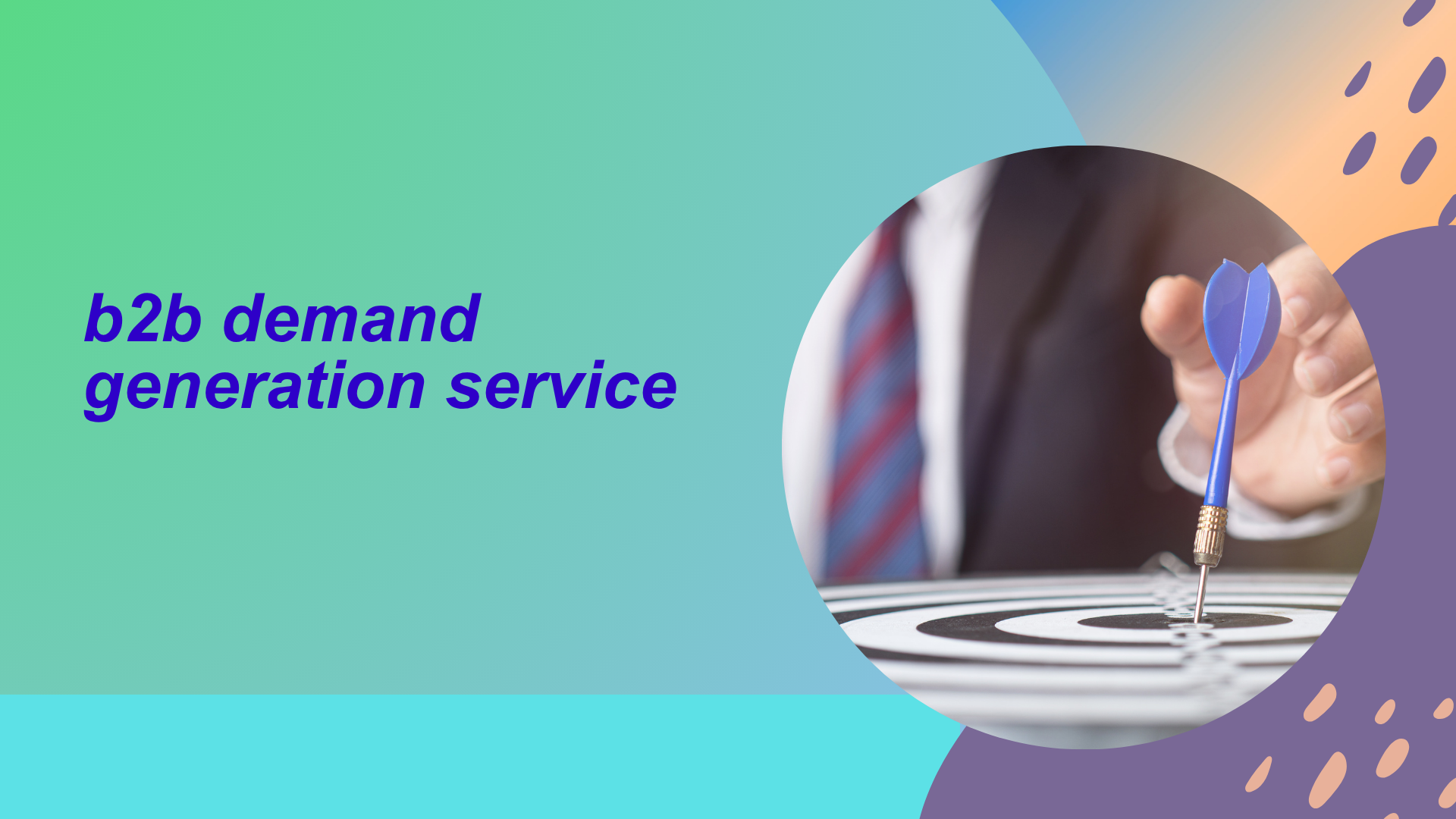Have you ever wonder how big companies find new customers? It’s not always easy. Many businesses sell to other businesses. This is call B2B, which stands for “Business-to-Business.” Imagine a company that makes special parts for cars. They don’t sell to you or me. They sell to car factories. Finding these factories and convincing them to buy is super important. This is where “demand generation” comes in. It’s all about making other businesses want what you offer. It creates a buzz for your products or services.
What is B2B Demand Generation? Making Businesses
B2B demand generation is like planting ses for future sales. It’s a whole plan to get other businesses interest in your company. The goal is to make them aware of you. Then, you want them to see how your products can help them. This process isn’t just about selling right away. It’s about building trust and showing value over time. Think of it as inviting new friends to a party. You want them to have fun and want to come back. It’s about slowly growing a relationship.
Why Do Businesses Ne Demand Generation?
Imagine a new company selling special software. This software helps other businesses manage their customers better. How do they tell everyone about it? They can’t just put up a sign. They ne a smarter way to find the right businesses. Demand db to data helps them do this. It stops them from guessing. Instead, it helps them find businesses that truly ne their software. This saves time and money. It also helps them get good leads. These leads are businesses that are really interest.
Transition Word Check (after ~200 words): Therefore, furthermore, consequently, moreover, in addition, however, ultimately, meanwhile, for instance, specifically.

Finding the Right People: Targeting Your Audience
First, businesses must know who they want to reach. Who are their ideal customers? For example, the car parts company nes to find car manufacturers. They won’t target toy stores. This is call “targeting.” It means focusing your efforts. Knowing your audience saves a lot of effort. It makes your demand generation stronger. It helps you speak directly to their nes. Identifying key decision-makers is crucial. These are the people who can say “yes” to a purchase.
Tools and Tactics for Demand Generation
There are many ways to create demand. One common way is “content marketing.” This means making helpful articles, videos, or guides. For instance, the software company could write a blog post. It could explain how their software solves a common problem. Another tactic is “social mia marketing.” This uses platforms like LinkIn. Businesses share helpful information there. They connect with potential customers. Email marketing is also very popular. Businesses send emails to people who might be interest. These emails offer value. They might invite them to a webinar. Webinars are online meetings.
Building Relationships Through Events
Sometimes, businesses hold events. These can be online or in person. They might host a conference. Or, they could have a small workshop. These events allow companies to meet potential customers directly. They can share their knowlge. They can also show off their products. This helps build trust. It makes the relationship stronger. Events create a personal connection. They allow for direct questions and answers. Furthermore, they can generate valuable feback. Ultimately, good events lead to more interest.
Transition Word Check (after ~200 words): In contrast, similarly, consequently, as a result, for example, typically, therefore, additionally, subsequently, nevertheless.
The Journey of a Lead: From Interest to Sal
emand generation doesn’t just stop when someone shows interest. It’s a journey. When a business expresses interest, they become a “lead.” This lead then nes to be “nurtur.” Nurturing means staying in touch with them. Provide more helpful information. You answer their questions. You show them more benefits. This slow process builds trust. Eventually, they might be ready to buy. This is when the sales team takes over. The demand generation team hands over a warm lead. This lead is already ucat and interest.
Transition Word Check (after ~200 words): Moreover, furthermore, in conclusion, therefore, for instance, in addition, however, specifically, finally, consequently.
Measuring Success: How Do We Know It’s Working?
It’s important to know if your demand generation efforts are working. Businesses track many things. They look at how many people visit their website. check how many people download their helpful guides. Also count how many leads they get. These numbers help them understand what’s effective. If something isn’t working well, they can change their plan. This constant checking helps them improve. It ensures their efforts are not wast. Measuring success helps them make smart decisions.
The Future of Demand Generation
Demand generation is always changing. New technologies come out all the time. Artificial intelligence (AI) is becoming very important. AI can help businesses find the best leads faster. It can also help create more personaliz messages. This means china leads are made just for one specific business. This makes the messages more effective. The future will likely see even more smart tools. These tools will help businesses connect with their ideal customers more easily. The focus will remain on building strong relationships.
Why Expert Help Matters: Demand Generation Services
Many businesses hire special companies to help with demand generation. These are “demand generation service providers.” They the wooden churches experts. Know all the best ways to find new customers. Have the tools and the knowlge. Hiring them saves businesses time and effort. It also means the job is done by pros. These services can create a complete plan. They can manage all the different parts of demand generation. This allows the core business to focus on what they do best: making their products or services.
